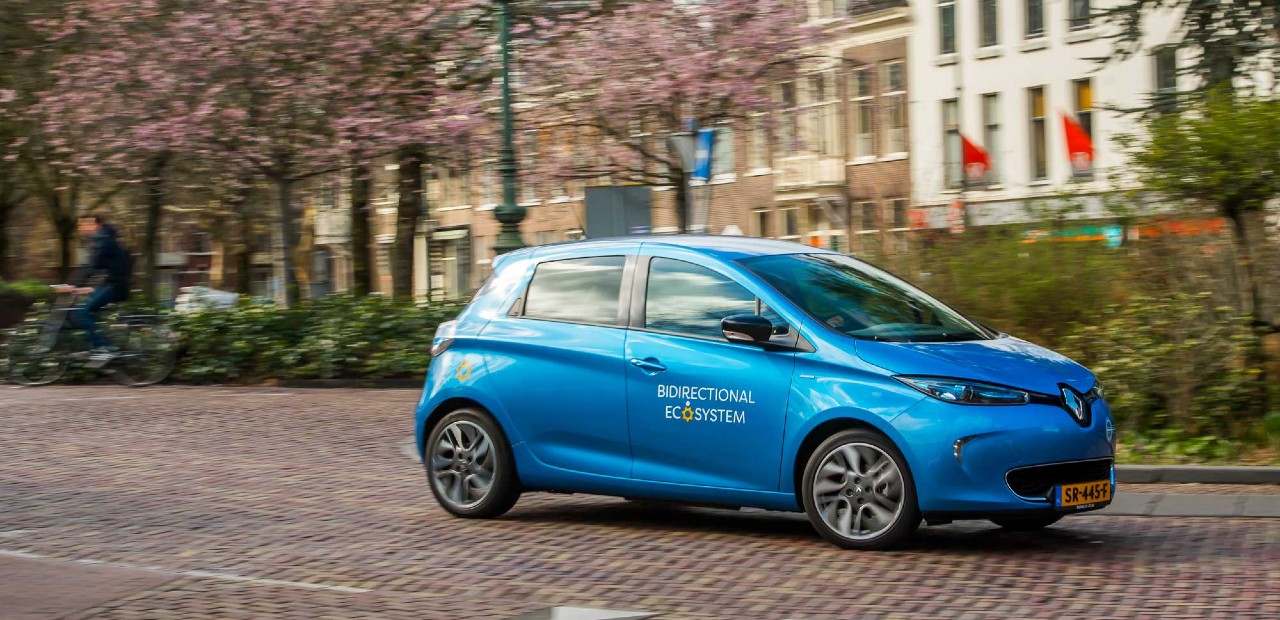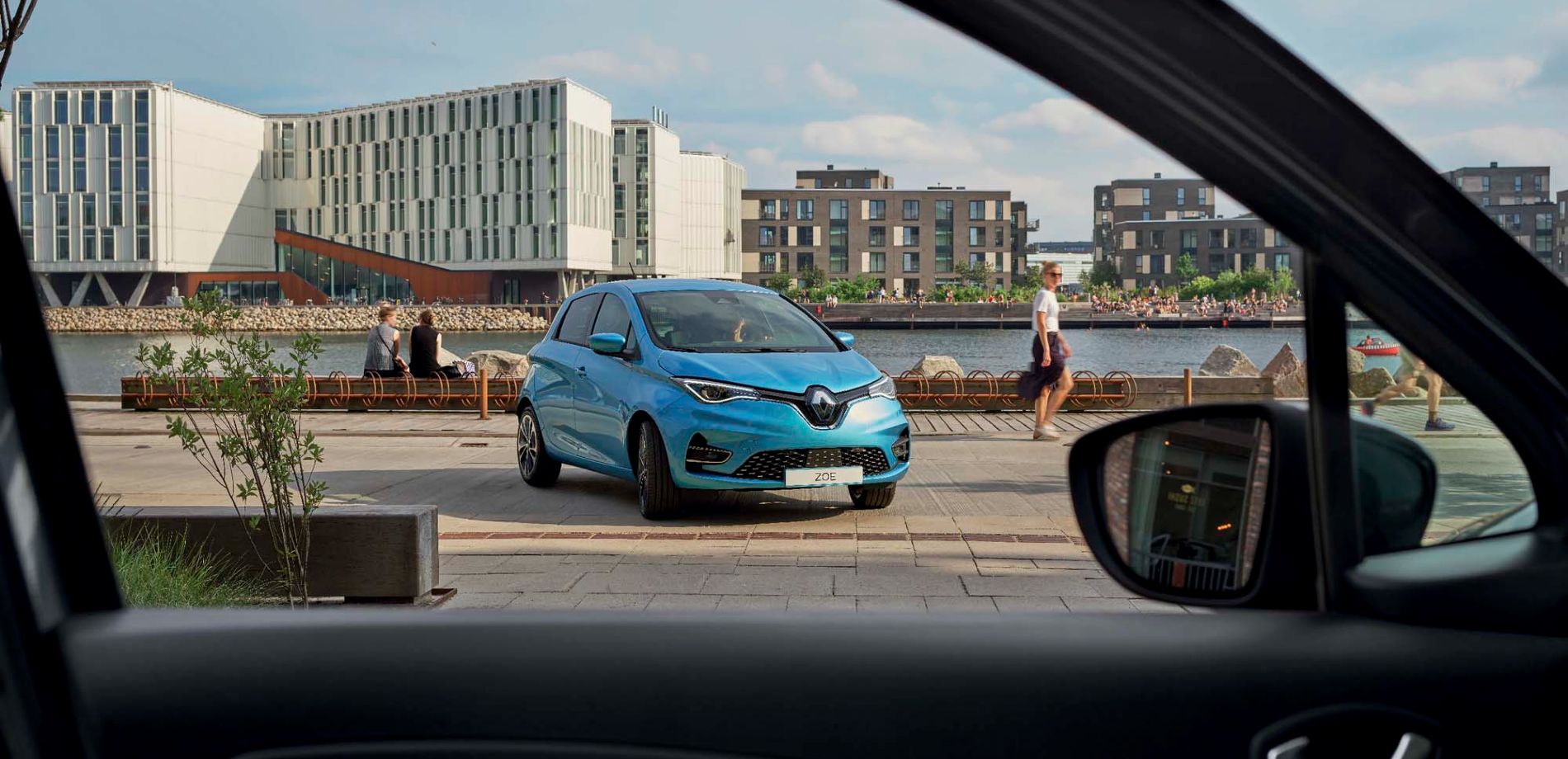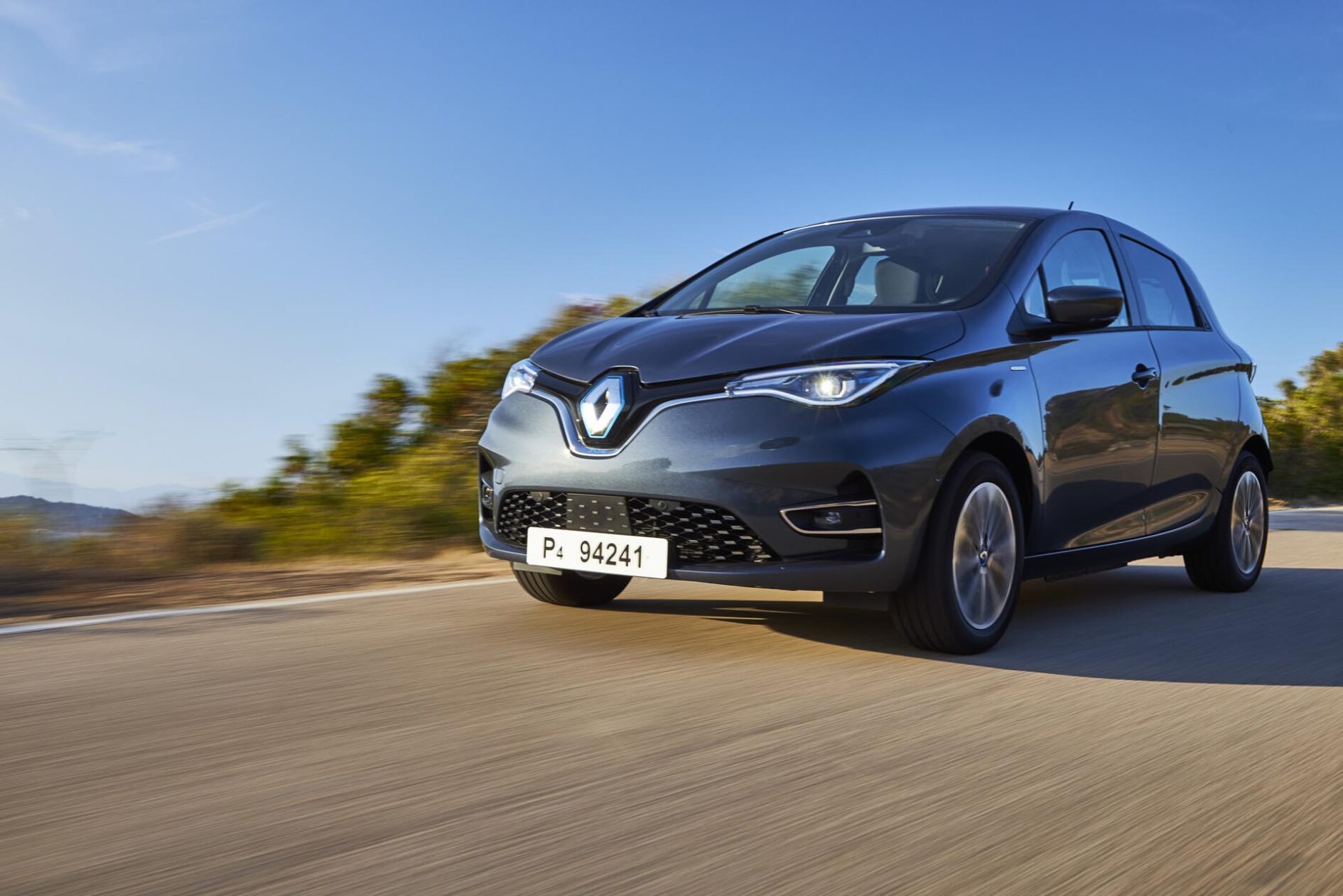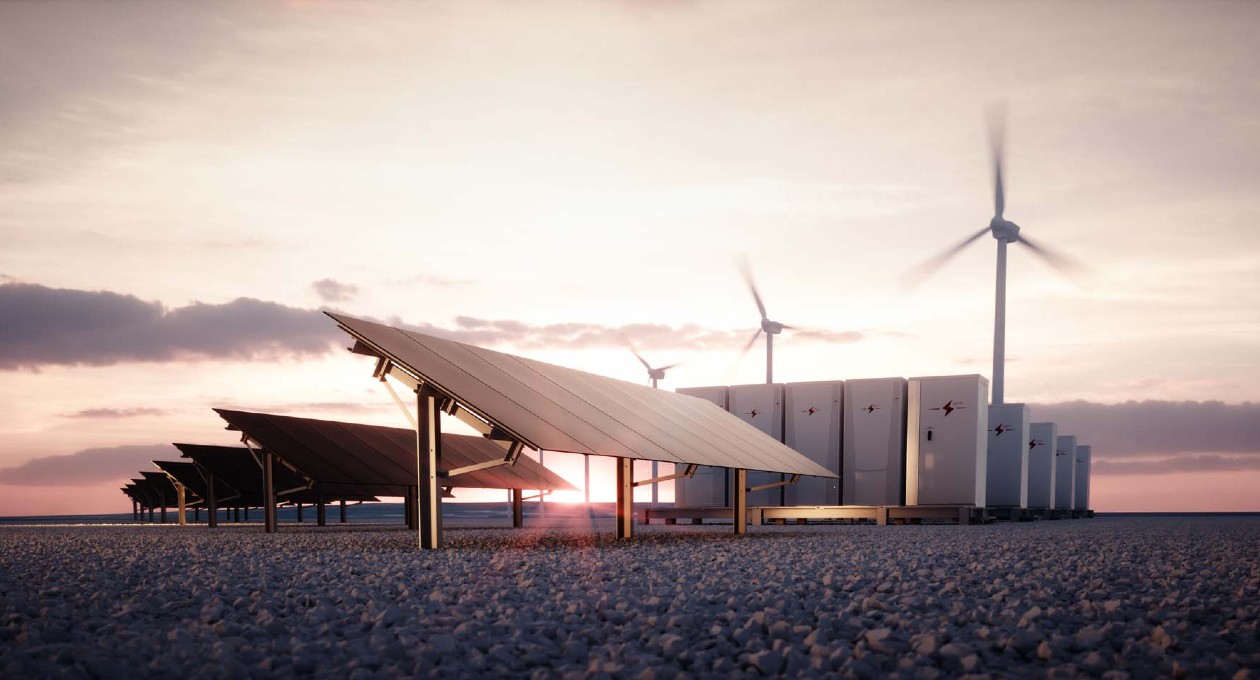

Since 2016, Renault and its partners have been developing smart charging solutions in Utrecht to promote the growth of electric vehicles and the use of renewable energies.
Today, the local electricity grid is moving up a notch in terms of flexibility with the commissioning of the first two prototypes compatible with vehicle-to-grid (V2G) technology.
Recognisable by their specific design, these two ZOEs incorporate a charger specially designed by Renault for bi-directional charging which is capable of returning part of the electricity contained in the car’s battery to the grid.
The V2G philosophy is similar to that of stationary energy storage, but it is the cars themselves that play the role of energy storage units! They are able to contribute to the stability of the grid, for example by providing the electricity necessary to compensate for a disturbance. At the same time, they contribute to increasing the share of renewable energies in overall electricity consumption.
Re-injecting low-carbon electricity into the grid
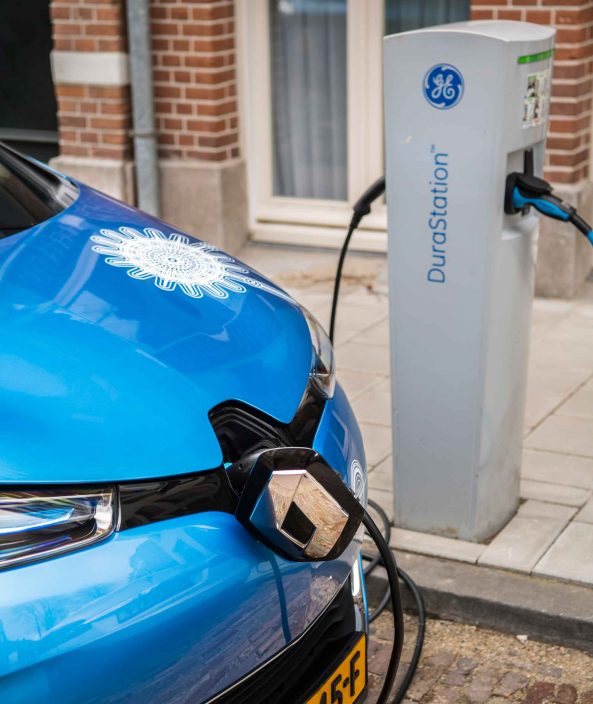
“With smart charging, we already know how to power the car when electricity is produced at the best price using intermittent energy sources such as solar or wind power. V2G now allows us to feed this low-carbon electricity back into the grid if necessary, when these sources of supply have been interrupted,” says Nicolas Schottey, Director of Groupe Renault’s New Energy Business Program.
Paid by the operator in exchange for the service provided, the user obviously remains in control of the use of his vehicle: electricity exchanges are carried out in a totally transparent manner when the vehicle is connected to its charging point, guaranteeing that the programmed charge level will be reached at the time of departure.
Bi-directional alternating current charging: a world first
Thanks to the innovation developed by Groupe Renault, exchanges between the car and the network are made with alternating current, which enables the implementation of smart charging without major modifications to the charging stations. Thus, there is no need for local authorities or individuals to invest in expensive charging stations.
Preparing for the advent of V2G
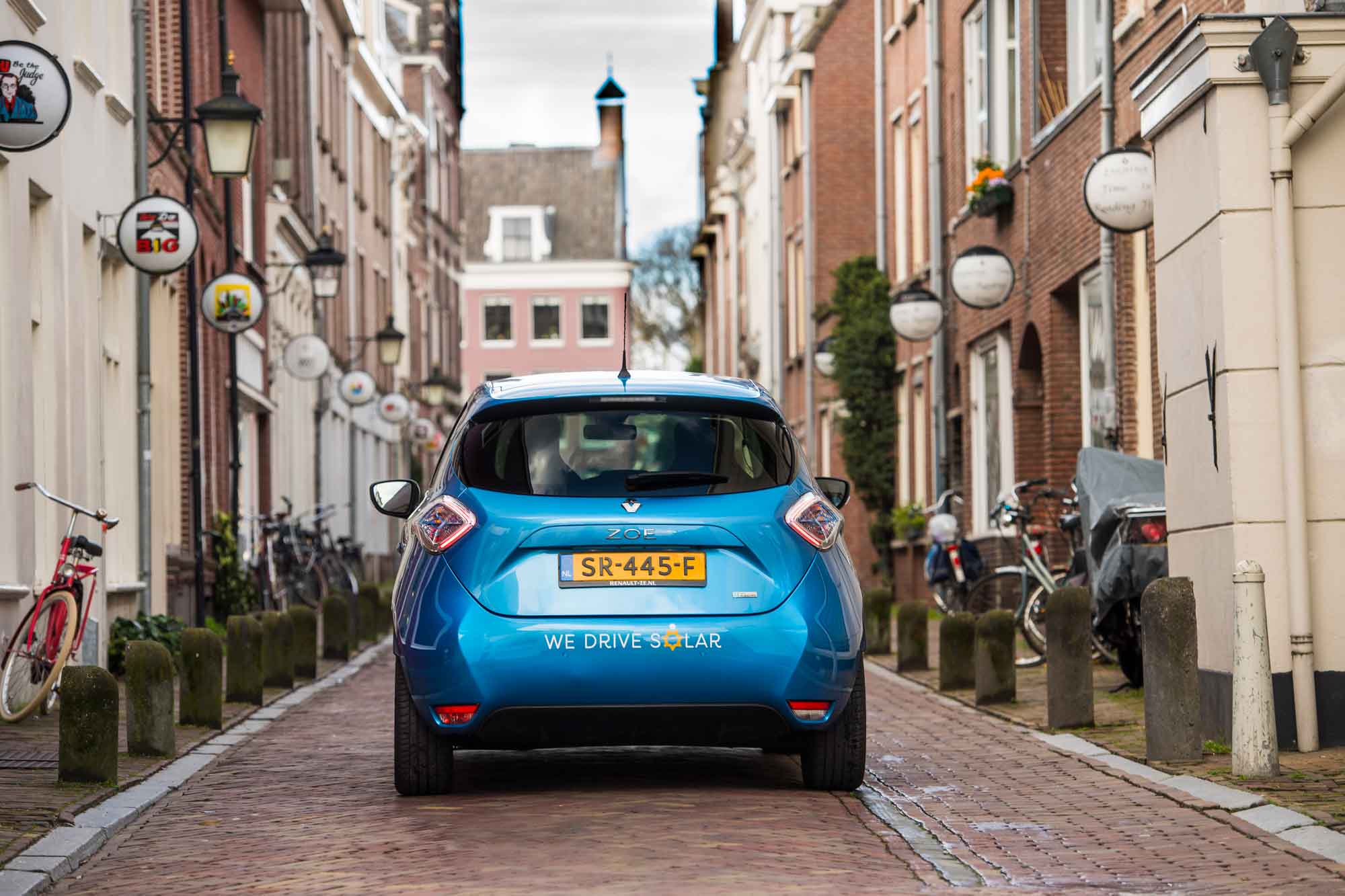
The deployment of these first two prototypes in Utrecht will enable Renault and its local partners to test the technology in real conditions, laying the foundations for a true “bi-directional ecosystem” conducive to the deployment of V2G.
“Thanks to these prototypes, we will work in a very concrete way on all the aspects prior to the implementation of this technology on a large scale,” says Schottey. The results of this experiment will feed both technical considerations and projects related to regulatory changes that will guide bi-directional charging in the future.
Renault says it is preparing to deploy around fifteen prototypes in the coming months in several European countries to extend this test phase to other partners. Some of these ZOEs will join the smart electrical ecosystem developed in Porto Santo, for example.
Copyrights: Renault Netherlands
